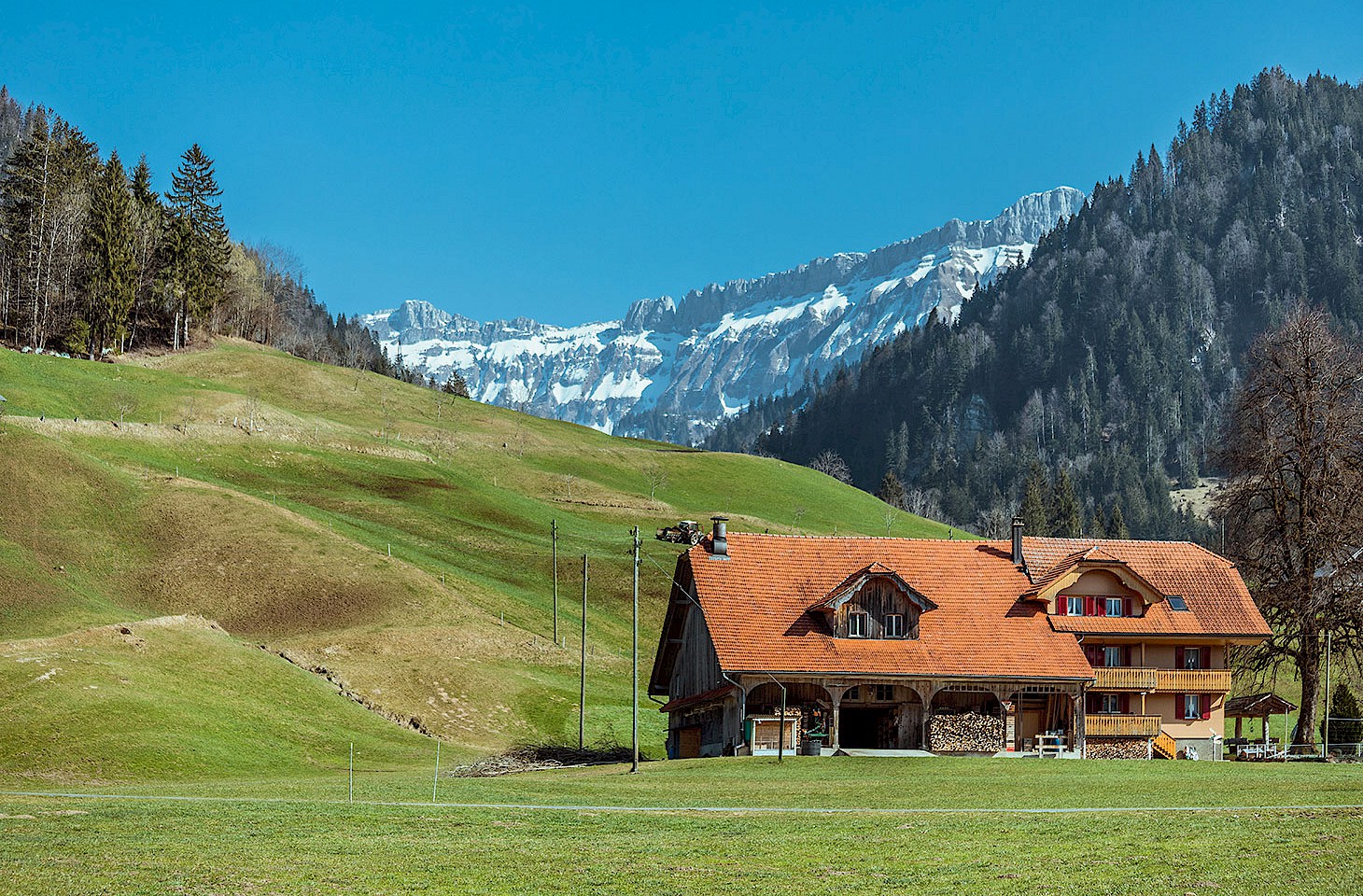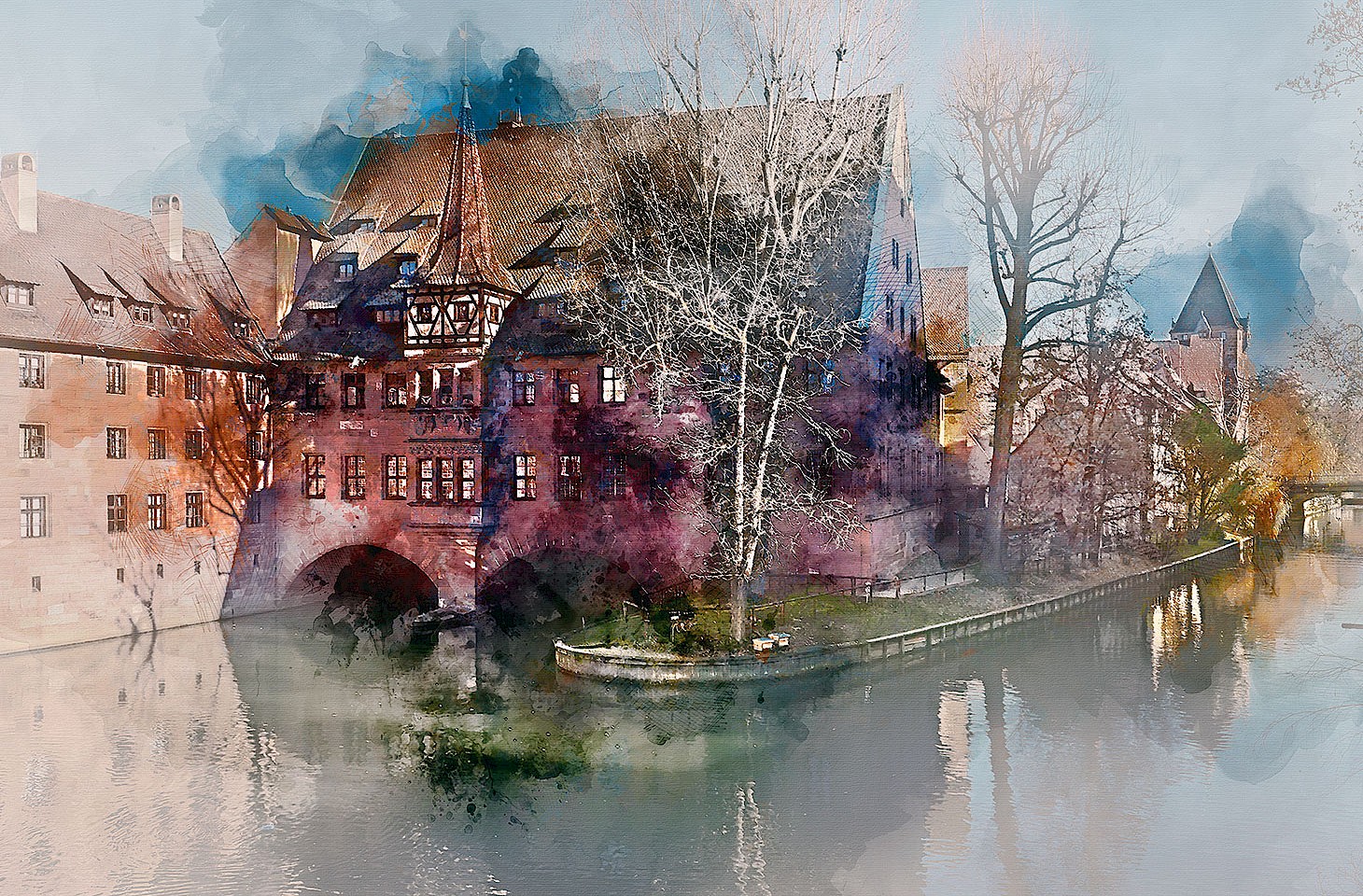Thanks to Spain’s dogged adherence to Central European Time, morning comes late to Trujillo. Even at nine o’clock the main square is virtually deserted. There is hardly a soul to be seen. Tables and chairs have yet to be dragged out under sun awnings, and any potential customers are still at home indoors. The sole hint of traffic is the distant backfiring of a delivery van. The only other thing disturbing the near silence is the sound of birds — the scream of swifts harrying insects above the upper town’s narrow streets and the bill-clattering of storks. Storks have nests on almost every available roof space, and there is even a pair in residence right outside our hotel window on the roof opposite, their nest alive with the contented twittering of cohabiting sparrows.
If there is one thing that epitomises Trujillo it is storks. It is hard to find a building in the Old Town without a nest perched on top of it like a chimney sweep’s brush. True, the birds are present in many Spanish towns, as well as elsewhere in Europe, but here it is as if they reign over a hierarchy in which the role of humans is merely to serve. In early summer it is impossible to gaze skywards without seeing a stork gracefully in flight, wings extended, its long red legs hinged forwards in preparation for a precision landing.
The storks may be ubiquitous, sovereign even, but Trujillo has other claims to fame despite its present-day backwater status. The town — actually a city, albeit a small one — was the birthplace of Francisco Pizarro (1476–1541), an illiterate and illegitimate pig herder who went on to become conqueror of Peru’s Inca Empire. Pizarro was not the only sailor bound for the New World with humble beginnings in this once impoverished region: Extremadura may be well known for its acorn-fed pigs and jamón ibérico, but it is equally famous for the many conquistadores its soil gave birth to — a small, goldhungry army of men who voyaged across the Atlantic with the unshakable belief that God was on their side.




